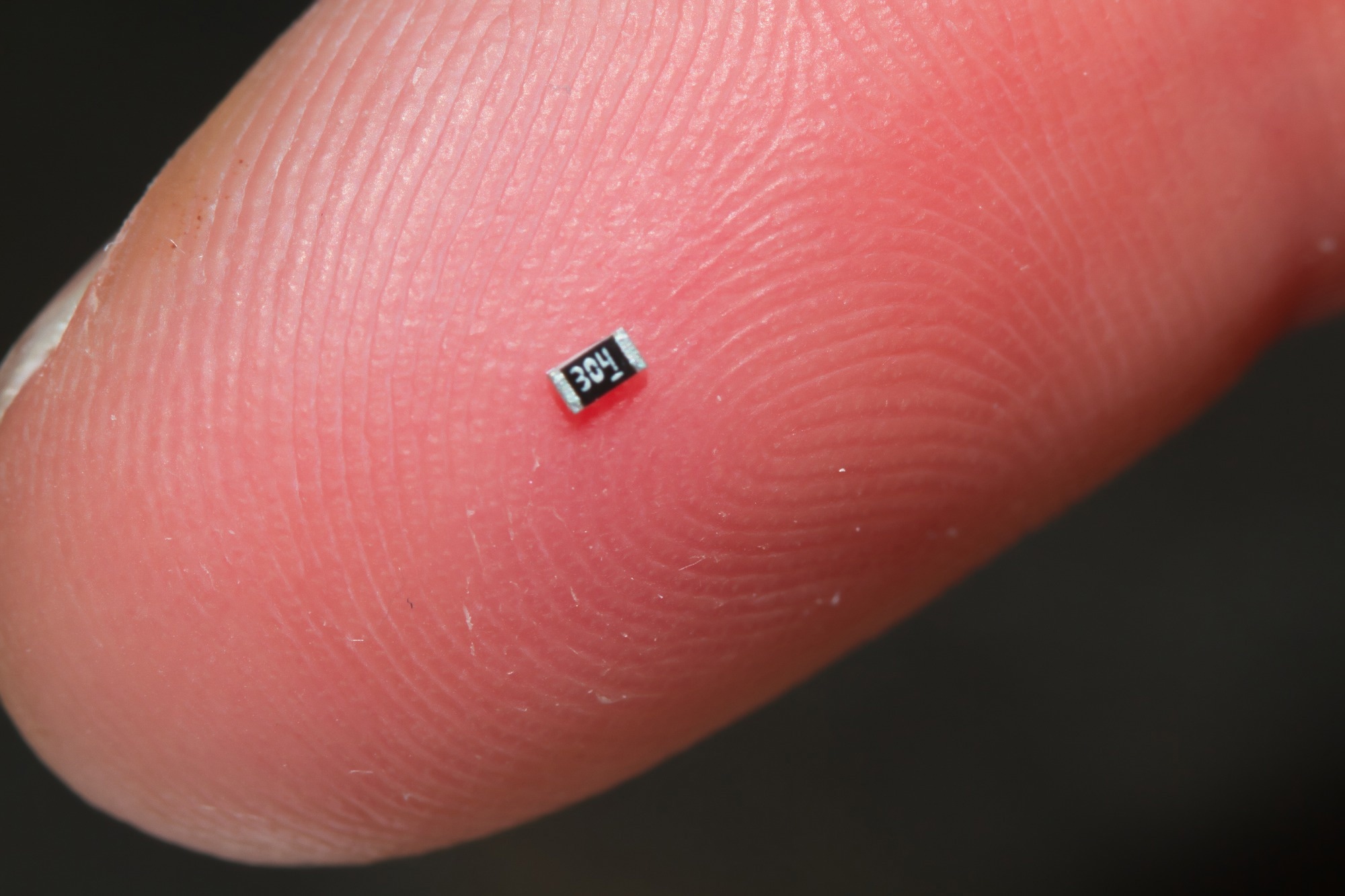In a paper published in the journal Nature Communications, researchers investigated the potential of magnetic soft robots for biomedical applications. The study aimed to overcome challenges in assembling multi-layer structures with on-demand motion modes by focusing on their shape reconfigurability and multi-functionality in physiological environments.
 Study: Magnetic Multi-Layer Soft Robots for Targeted Adhesion in Gastrointestinal Applications. Image credit: Adam Hayes/Shutterstock
Study: Magnetic Multi-Layer Soft Robots for Targeted Adhesion in Gastrointestinal Applications. Image credit: Adam Hayes/Shutterstock
The researchers successfully modeled and tailored magnetic interactions between distinct film-like layers, producing soft robots capable of agile motions and targeted adhesion. The robots, composed of soft magnetic substrates and adhesive films, exhibited translational and tumbling motions and on-demand separation. Simulation results aligned well with experiments, and the robots' feasibility for multi-target adhesion in a stomach was validated through ex-vivo and in-vivo experiments, marking a significant advancement in biomedical soft robotics.
Related Work
Previous work has highlighted the potential of magnetic soft robots in biomedical applications, particularly for tasks like minimally invasive operations and targeted drug delivery. However, challenges persist in achieving on-demand adhesion at various sites, especially in the context of gastric ulcers. Despite their promising applications, the existing limitations in magnetic soft robots, specifically regarding on-demand adhesion in complex scenarios like gastric ulcers, prompt the exploration of advanced solutions.
Materials and Fabrication Processes
The study utilized various materials, including carbopol 971 P, poloxamer 407, and hydroxypropylmethylcellulose (HPMC), sourced from reputable suppliers in China. Additional chemicals, all of the extra pure reagent grade, were employed as received in the experimental procedures.
Researchers prepared the magnetic film by spin-coating a slurry containing hard-magnetic neodymium-iron-boron (NdFeB) microparticles and polydimethylsiloxane (PDMS). The adhesive film, composed of carbopol, poloxamer, and HPMC, was created through dissolution, mixing, and solution evaporation. Laser cutting and assembly were employed to create side and center layers programmed with the same magnetization direction under a pulsed magnetic field. The final robot assembly occurred through interlayer magnetic attraction.
Mechanical properties, including fracture toughness of adhesive films and dynamic moduli (Storage modulus, G', and Loss modulus, G''), were characterized using tensile tests, rheometer measurements, amplitude sweep tests, and frequency sweep tests.
Quantitative tissue adhesion strength tests, including Lap-shear and T-peel tests, were conducted using pig gastric tissue. Standard lap-shear and 180-degree peel tests determined shear strength and interfacial toughness. Researchers investigated the retention time of the adhesive film under cyclic loading. Assessed biocompatibility and cytotoxicity of the adhesive layer using a LIVE/DEAD assay with a human gastric epithelial cell line (GES-1). The cell viability was determined by imaging live and dead cells.
Magnetic Soft Robot Advancements
In this study, a magnetic multi-layer soft robot was designed and fabricated for targeted adhesion to gastric ulcers. The robot consisted of three layers, each with a soft magnetic substrate and an adhesive film capable of adhering to wet tissues. Researchers magnetized that the layers were in the same direction for stable assembly through interlayer magnetic attraction. The soft magnetic substrates had distinct in-plane structures to facilitate adhesion and separation.
An adhesion and separation strategy was proposed involving translational and flipping motions, allowing the robot to approach, adhere to, and separate from targeted ulcers. The soft magnetic substrate included neodymium-iron-boron microparticles and PDMS, while the adhesive film comprised carbopol, poloxamer, and HPMC.
The mechanical properties of the adhesive film were characterized through tensile tests and rheometer measurements, revealing optimal properties for adhesion. Researchers conducted quantitative tissue adhesion strength tests on pig gastric tissue, including Lap-shear and T-peel tests. The adhesion strength initially increased and then decreased with varying carbopol content. The adhesive film demonstrated notable adhesion performance, particularly at a carbopol to HPMC-poloxamer mixture ratio of 1:2.
The robot's magnetic actuation was demonstrated, with translational and tumbling motions achieved under external magnetic fields. Changes in the magnetic field induced a flipping motion, allowing for the on-demand separation of the robot layers. Multi-target adhesion experiments were conducted on ex-vivo gastric tissue, successfully covering and adhering to artificial ulcers. Researchers evaluated the robot's retention time on the tissue, revealing sustained adhesion under cyclic loading.
Further experiments on in vivo porcine stomachs demonstrated the robot's capability to achieve targeted adhesion within a living environment, overcoming peristalsis and mucus secretion challenges. The study highlighted the potential of the magnetic multi-layer soft robot for targeted adhesion in gastrointestinal applications, showcasing its versatility and biocompatibility. The robot's design principles, fabrication process, and experimental results contribute to developing advanced medical devices for minimally invasive interventions in the digestive system.
Conclusion
In summary, the magnetic multi-layer soft robot, designed for targeted adhesion to gastric ulcers, exhibits promising potential in gastrointestinal applications. The robot demonstrated adequate adhesion and on-demand separation through translational, tumbling, and flipping motions driven by magnetic actuation. Mechanical property characterization and tissue adhesion tests underscored its optimal performance. The robot's biocompatibility and successful application in ex vivo and in vivo environments suggest its viability for minimally invasive interventions, overcoming challenges like peristalsis and mucus secretion. This study lays a foundation for advanced medical devices tailored for gastrointestinal use.